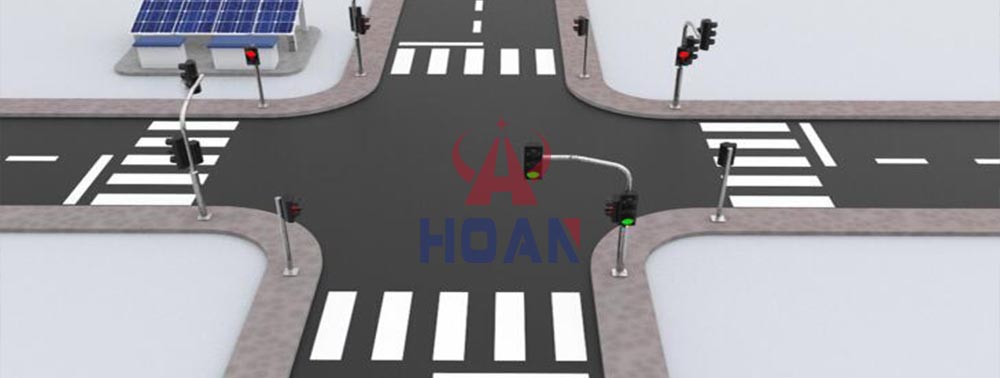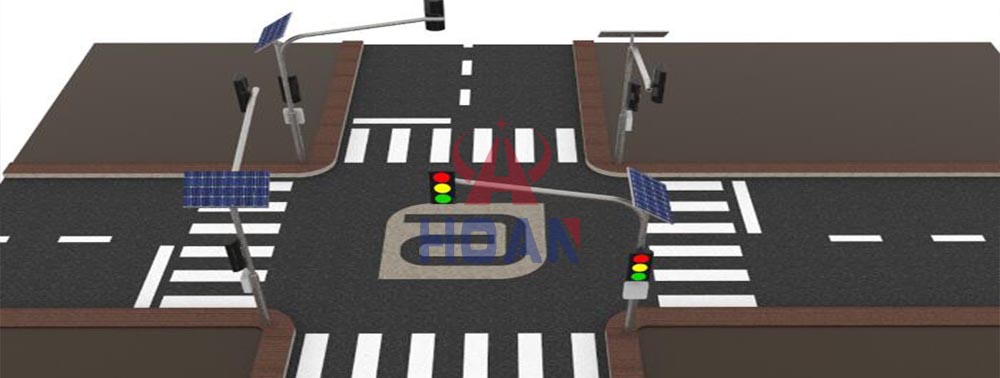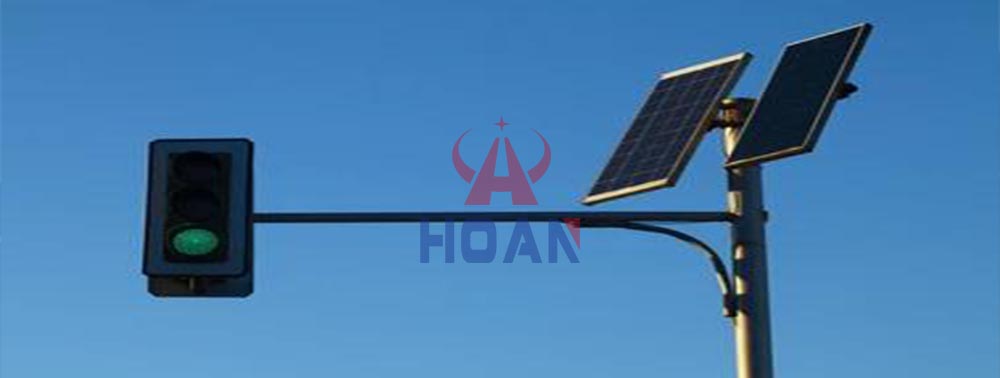Solar Signal Light Manufacturer - Hoan Signal Light
James E. Moore II, a professor of municipal and environmental engineering at the University of Southern California, said it was the "first use" of such a sophisticated
Traffic Light system in the United States. But he added that any Traffic Light synchronization system, no matter how advanced or complex it is, is unlikely to eliminate congestion in the long run.

"If we cut the average travel time in Los Angeles by 20 per cent, we'd see more people traveling," Professor Moore said. "It's money well spent, but part of the benefit isn't the increase in speed, it's traffic flow."
Today, magnetic sensors at each intersection upload real-time updates of traffic flow via fiber optic cables to an underground facility in downtown Los Angeles, where Edward Yu runs the network. The computer system runs Los Angeles-developed software that analyzes the data and adjusts itself in seconds to adapt to changes in road conditions, and uses stored old data to predict where traffic may be poor, all without human intervention.

Edward Yu said: "One intersection can affect the entire network, so our
Traffic Light system is very dynamic and constantly responds to traffic needs. However, to reach our current level requires a lot of infrastructure construction. Other cities have similar
Traffic Light system, but our system is more comprehensive."
Combined with toll lanes and carpooling lanes, and other measures like electronic road signs, the annual fuel and time savings that
traffic light synchronization would save for $1.3 billion.
When the bus is late, the network will automatically extend the traffic light green time of the bus lane. (When the bus is running on time, you have to endure the red light like everyone else.)

Magnetic sensors can also detect most bicycles. Pedestrians are more difficult to record, but are counted. In some cases, even if no one presses the pedestrian button, the traffic light will be automatically extended when crossing the street.
That said, many residents haven't noticed the city's efforts to ease congestion. Professor Moore said that to really reduce road congestion, cities must start charging commuters for driving on the busiest thoroughfares and motorways. A motorway in the area recently sparked controversy when it introduced tolls.


